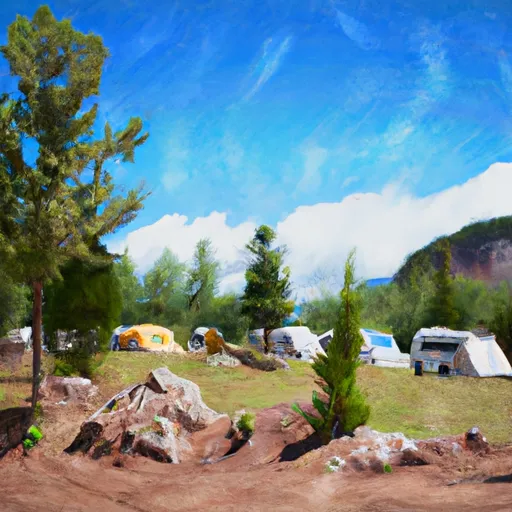Summary
Standing tall at an elevation of 13,983 feet (4,262 meters), it offers breathtaking views of the surrounding peaks and valleys. This majestic mountain is situated in an area known for its rugged and challenging terrain, making it a popular destination for experienced mountaineers and outdoor enthusiasts.
During the winter season, Stewart Peak experiences a significant snowpack range, adding to its allure for winter sports enthusiasts. The snowpack varies each year depending on weather conditions, but it generally offers excellent opportunities for skiing, snowboarding, and snowshoeing. As one ascends the mountain, the snowpack typically becomes deeper and more challenging, providing an exhilarating experience for backcountry adventurers.
Stewart Peak's snowmelt contributes to the flow of several creeks and rivers in the region. While specific waterways may vary, it is not uncommon for runoff from this mountain to feed into nearby drainages, such as the East River or the Taylor River. These water sources are crucial for the surrounding ecosystems and support a diverse range of plant and animal life.
The name "Stewart Peak" honors the mountain's namesake, James E. Stewart, who was a prominent figure in Colorado's history. Stewart was an early settler in the area and played a significant role in the development of the surrounding communities. While there are no specific legends or lore directly associated with Stewart Peak, it is worth noting that the mountain's rich history and stunning natural beauty make it an enduring symbol of the indomitable spirit of exploration and adventure in the Rocky Mountains.
Weather Forecast
Regional Streamflow Levels
100
Cubic Feet Per Second
22
Cubic Feet Per Second
32
Cubic Feet Per Second
83
Cubic Feet Per Second
Area Campgrounds
| Location | Reservations | Toilets |
|---|---|---|
 Cebolla
Cebolla
|
||
 Spruce Campground - Gunnison RD
Spruce Campground - Gunnison RD
|
||
 Spruce
Spruce
|
||
 Hidden Valley Tent Campground- Gunnison RD
Hidden Valley Tent Campground- Gunnison RD
|
||
 Hidden Valley
Hidden Valley
|
